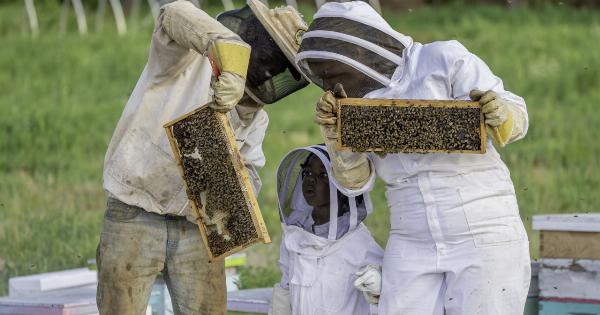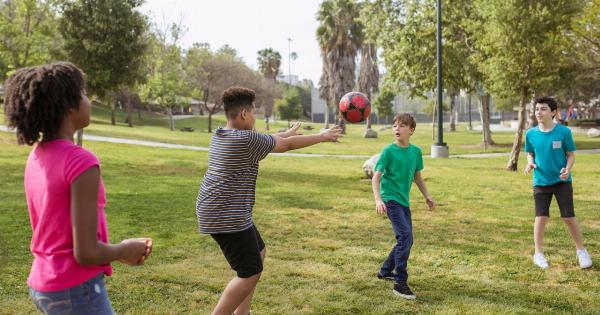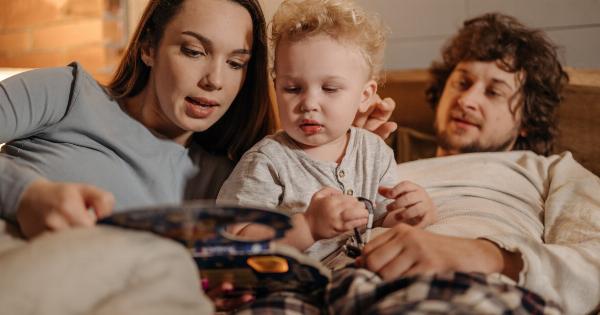When it comes to sex education, there’s no denying the importance of ensuring that individuals have access to accurate and comprehensive information.
Unfortunately, many traditional sources of sex education like schools and parents often fall short in providing this necessary information.
Thankfully, high-quality resources exist that individuals can turn to in order to learn about sex in a safe, informative, and empowering way. One such resource is a video produced by Planned Parenthood titled “The Science of Sex.”.
What is Planned Parenthood?
Before diving into the video itself, it’s important to understand who Planned Parenthood is and what their mission is. Planned Parenthood is a nonprofit organization that provides reproductive healthcare to individuals across the United States.
They offer services such as birth control, STI testing and treatment, cancer screenings, and abortion care. Additionally, they are a leading provider of sex education programs in the US.
About “The Science of Sex” Video
“The Science of Sex” is a video produced and published on YouTube by Planned Parenthood. It runs just under 8 minutes in length and is animated, making it accessible to a wide range of ages and learning styles. In the video, Dr.
Sydney Haas (a fictional sex researcher) explains various biological concepts related to sex, such as anatomy, hormones, and reproductive systems.
The video starts off with an explanation of chromosomes and how they determine sex. From there, Dr. Haas goes on to explain the differences between male and female anatomy, including internal and external genitalia.
She also introduces the concept of intersex individuals, who may have physical characteristics of both male and female anatomy.
Throughout the video, Dr. Haas also makes sure to differentiate between gender and sex, explaining that gender is a social construct while sex is a biological one.
This helps to break down common misconceptions around these concepts and provides a more nuanced perspective.
The video also covers topics such as puberty, menstruation, and fertilization. Dr. Haas explains the changes that occur during puberty and breaks down the menstrual cycle. She also explains what happens during fertilization and how pregnancy occurs.
In addition to the biological concepts, the video also touches on topics such as consent, pleasure, and healthy relationships. Dr.
Haas emphasizes the importance of communication and consent in sexual interactions and encourages viewers to prioritize pleasure and safety in all sexual experiences.
The Importance of Accurate Sex Education
Accurate and comprehensive sex education is extremely important for a number of reasons. For one, it can help individuals make informed decisions about their own sexual health and wellbeing.
It can also help to reduce rates of unintended pregnancy, STI transmission, and sexual violence.
However, many traditional sources of sex education fall short in providing this necessary information.
Some school systems have restrictive policies around what can be taught in sex ed classes, while others may not have the resources to provide high-quality programming. Additionally, parents may feel uncomfortable discussing topics related to sex with their children or may lack accurate information themselves.
For these reasons, it’s important to have resources like “The Science of Sex” available to individuals.
Videos like this one can provide accurate and comprehensive information in an accessible way, helping to fill the gaps left by traditional sources of sex education.
Conclusion
“The Science of Sex” video produced by Planned Parenthood is an excellent resource for anyone looking to learn more about sex in a safe and informative way.
It covers a wide range of topics related to sex and sexuality, from biological concepts like anatomy and hormones to more social topics like consent and healthy relationships. By providing accurate and comprehensive information, videos like this one can help individuals make informed decisions about their own sexual health and wellbeing.



























